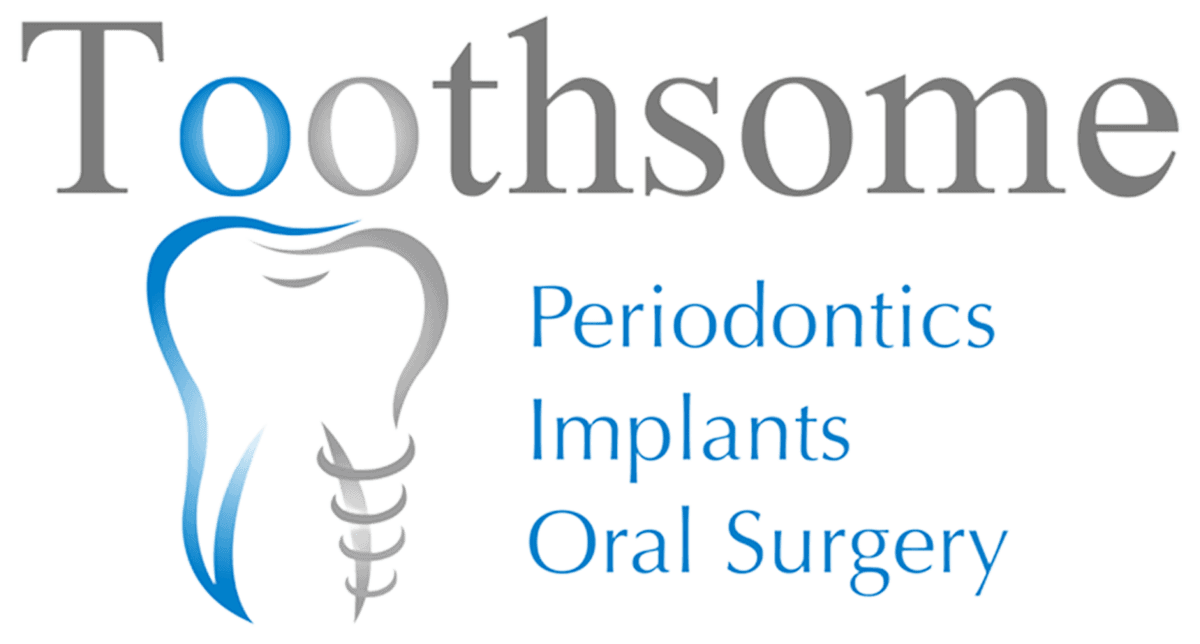
Gum disease, also known as periodontal disease or periodontitis, is a common condition among adults that can leave gums swollen and infected and, in extreme cases, can result in tooth loss. Gum disease can usually be prevented through good oral hygiene; however, in some circumstances, the help of a dentist or periodontal specialist is needed. Read on to find out how to get rid of gum disease at any stage.
The Symptoms of Gum Disease
The early stage of periodontal disease is called gingivitis. At first, many patients don’t experience any symptoms of gum disease. Common signs of gingivitis include:
- Bleeding during tooth brushing or flossing
- Bad breath
- Tender or sore gums
- Puffy or swollen gums
- Dark red gums
If gingivitis is left untreated, it can develop into a more serious condition called periodontitis, damaging the tissue that supports teeth. Untreated, periodontitis can damage the jawbone, and spaces between the gums and teeth develop, eventually leading to tooth loss. The signs of periodontitis include those of gingivitis plus:
- Painful chewing
- Loose teeth
- Pus between teeth and gums
- Receding gums
- Altered bite
What Causes Gum Disease?
Gum disease is caused by a sticky film of bacteria called plaque. If you fail to brush and floss your teeth adequately, plaque builds up around the teeth. Plaque that isn’t removed hardens into tartar that needs to be removed by a dentist.
The buildup of plaque and tartar irritates the gums. The body tries to fight the bacteria by sending blood to the gums, making them red and swollen. The gums start to move away from the tooth, creating small pockets where bacteria can fester below the gumline. Because you cannot reach this bacteria with your toothbrush, it multiplies, worsening the problem and eventually leading to tooth and bone loss.
Although periodontal disease is generally caused by poor dental hygiene, several factors can increase a person’s chance of getting it. These include smoking, poor nutrition, dry mouth, autoimmune conditions, certain medications, hormone shifts (e.g., due to pregnancy), poorly fitted dental restorations, and genetics.
Other Problems Periodontal Disease Can Cause
Unfortunately, in addition to causing oral health problems such as tooth loss, gum disease can lead to other health problems. The bacteria and inflammation can weaken the immune system, making the sufferer more susceptible to catching colds and other illnesses.

Gum disease has also been linked to other, more serious conditions such as heart disease, diabetes, cancer, arthritis, and dementia. This is because periodontal disease can cause blood cells that are part of the body’s immune defences to go into overdrive and overreact to other infections in the body.
How to Get Rid of Gum Disease at Home?
The best way to eliminate gum disease is to maintain good oral hygiene practices to remove any plaque and bacteria from your teeth before they cause problems. This involves brushing your teeth thoroughly at least twice a day and always after sugary foods.
It is also necessary to floss your teeth, either with dental floss or interdental brushes, a minimum of once a day. If you are unsure of the best way to brush and floss your teeth, especially if you have restorations, ask your Toothsome dentist.
Regular trips to your dentist for check-ups are essential to maintain good overall oral health, including gum health. Your dentist can spot gum disease early on and give you tips for how to combat it. Your dental hygienist can also give your teeth a professional cleaning. This is the only way to remove the damaging tartar and plaque from beneath the gum line.
How to Get Rid of Gum Disease When It’s Advanced?
If you are experiencing symptoms of periodontal disease, talk to your dentist about periodontal therapy. Periodontal therapy refers to a wide range of surgical and non-surgical treatments that aim to restore gum health and avoid tooth and bone loss. The type of treatment you need depends on the severity of your gum disease but may include:
- Surgical periodontal therapy
- Root planing
- Antibiotics
- Bone and gum grafting
- Guided bone and gum tissue regeneration
How to Get Rid of Gum Disease With Surgery?
Surgical periodontal procedures are employed when gum disease is at an advanced stage. A common surgical treatment is flap surgery, where the dentist makes a small incision in the gum to expose the roots and give a thorough cleaning and remove the source of infection.
One of the side effects of gum disease is receding gums. This impacts the aesthetics of your smile and leaves the tooth and root surface exposed, which can lead to sensitivity and provides more space for bacteria to collect. Gum grafts can be performed to cover the gum recession by taking a layer from your palate or moving the adjacent gum.
Bone grafts are performed when periodontitis has damaged the tooth root and surrounding bone. Placing tiny bone graft material fragments where the bone is missing helps the tooth to stay secure, avoiding tooth loss. The graft also acts as a base for which new natural bone can grow.
Another surgical procedure used to treat gum disease is guided tissue regeneration that uses bone grafting material and bioactive gels to stimulate bone and periodontal ligament regrowth.
Receive Expert Treatment for Your Gum Disease
Gum disease is a common condition that, if left untreated, can lead to more serious health problems. Fortunately, there are numerous treatments, both surgical and non-surgical, available to eliminate periodontitis and reduce the symptoms. At Toothsome, we offer various options for pain relief during dental procedures. Our friendly staff is available to discuss your options.
Dr Patty Chou is Toothsome’s Specialist Periodontist. A Fellow of the Royal Australasian College of Dental Surgeons (Periodontics), Dr Chou is passionate about and skilled in managing advanced periodontal disease cases. To see what she and the rest of our team can do for your gum health, call our practice in Chatswood on (02) 8203 8786 or Baulkham Hills on (02) 9158 6637 to arrange an initial consultation.
Note: Any surgical or invasive procedure carries risks. Before proceeding, you should seek a second opinion from an appropriately qualified health practitioner.


